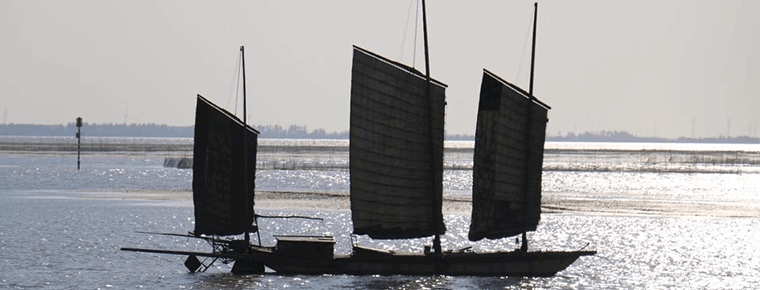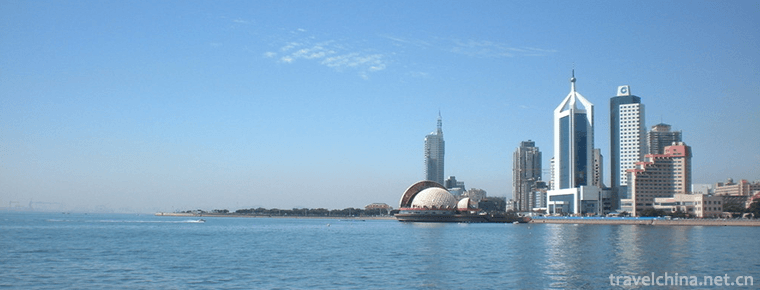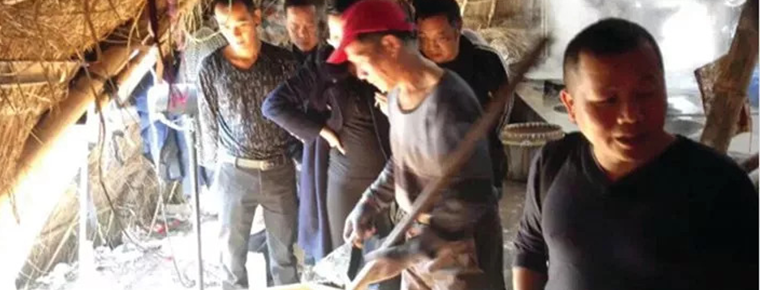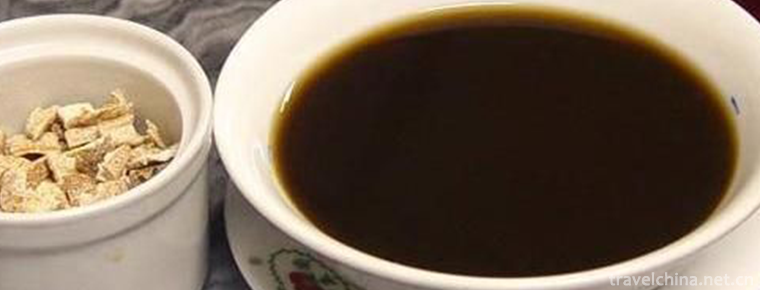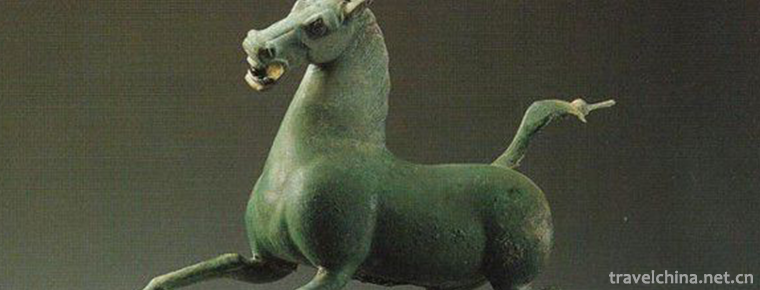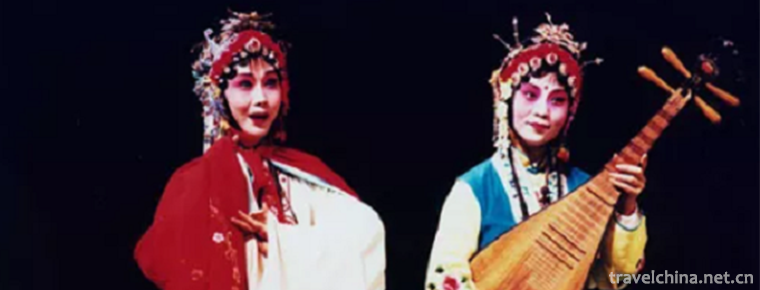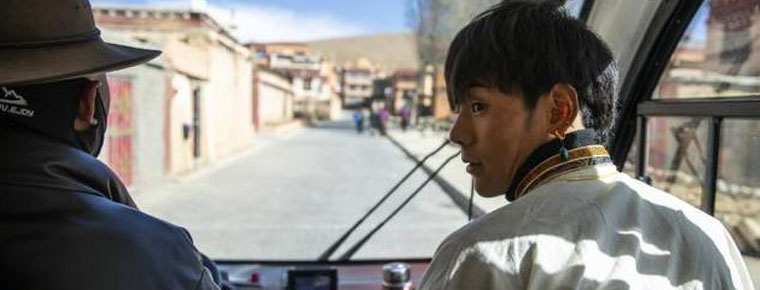Cutting Copper Dus Cutting Copper
Cutting Copper Dus Cutting Copper
Painting inscriptions on bronze pots, smooth lines; beautiful paintings of mountains and rivers on bronze plates, such as immersion... In many people's eyes, Du's bronze engraving, which can turn knife into pen, is similar to the craftsmanship of "ghost axe and magic workmanship" by means of shaping techniques such as inscriptions, Yang inscriptions and double hook shallow engraving, which makes landscape characters, flowers, birds, fish and insects, and regular grass seals "leap onto the bronze". In Du Ping's eyes, these are just "hammers hammering steel knives". One person, one hammer and one steel knife, seemingly without many secrets, but in the invisible interpretation of Fuyang Du's carving of copper, the "new branch" of national adherence and inheritance.
Cutting bronze originates from the great masters in Beijing
Du Ping thought that Du's carving of bronze continued the "fragrance" of his ancestors, although he thought it was more through his own repeated thinking.
At the beginning of the Republic of China, as a soldier under warlord Zhang Xun, Du Ping's grandfather, Du Xingjing, met Chen Yinsheng, a famous bronze engraver at that time in Beijing.
"Chen Yinsheng was one of the three famous bronze engravers in Beijing at that time. It can be said that he pioneered the engraving of calligraphy and painting on smooth copper ink cartridges." Du Ping said that at that time, Du Xingjing often went to the antique market, and met Chen Yinsheng, and was fortunate to be taught the bronze carving process. However, due to the high price of bronze wares at that time, it was difficult for ordinary people to buy bronze wares for skill training, so after Du Xingjing returned to Fuyang, his skills were wasted.
Unable to invest in the bronze carving, Du Xingjing had to teach his son Du Hongnian what he had learned in his life. However, after learning knife and art, Du Hongnian also encountered the same problem as his father, that is, he had no money to buy bronze for practice. Unfortunately, Du Hongnian had to use his father's teaching in printmaking, and later became the founder and one of the most important representative painters of Beidahuang printmaking. Du Hongnian, who had thought that the bronze engraving skills in this middle period might not have thought that neither he nor his father could continue his career, but he could continue on his son.
In 1993, Du Ping, who was very young and was engaged in calligraphy and painting creation under the influence of his father, accidentally found a copper-carved inkcase by Chen Yinsheng, a master of copper carving in the late Qing Dynasty, when he visited his colleagues in the collection of calligraphy and painting in Zibo, Shandong Province.
"Chen Yinsheng is my grandfather's teacher. I'm too familiar with him." What attracts Du Ping more is that this pair of bronze carving works has smooth lines, beautiful pictures and exquisite sculpture skills. Du Ping decided at that time that we could buy Copper now and firmly refuse to let this craft be lost again. Therefore, this masterpiece of bronze brushing has been continued in Fuyang again after the leap of the century.
Achievement of Knife and Pen Fusion "Du's" Cutting Copper
Although Du Ping has become a national inheritor of non-heredity, he recalls that when he studied copper carving, he still praised its hardship.
"There's no place to learn." Du Ping said that after his firm idea of learning to carve bronze, he went to visit famous masters everywhere, but what made him difficult was that after many years, there was almost nowhere to find the handlers of carving bronze skills, and there was not much relevant information to be retained because of the privacy of teaching and the scarcity of practitioners. In desperation, Du Ping had to study the bronze carving works from all over the world, and communicate with his predecessors silently through the bronze wares.
"Writing and drawing on paper, making a wrong stroke, you can change a piece of paper, or modify it, but copper can't. If you make a mistake, a good bronze ware will probably be useless, so you dare not think about it carefully at that time." Du Ping said that he had never used a steel knife to write. At the beginning, his fingers were swollen, but he dared not carve directly on the bronze ware.
In 1995, Du Ping considered studying hard and needed practical testing, so he bought a copper basin from the market. Although the picture was simple, it took Du Ping more than a week to finish the sculpture. Du Ping, who had thought that the bronze carving work would be his own "tuition fee" failure, did not expect that it would be collected by a famous antique connoisseur in Beijing for 5000 yuan shortly after the completion of the work. "I couldn't believe it at that time." Du Ping said that what excites him more than the high price is that his bronze-engraving skills have finally come to the fore.
Since then, Du Ping's bronze carving road has become wider and wider, ranging from small copper boxes and pots to bronze paintings which are incessantly several feet long. With the continuous outflow of works, his exquisite bronze carving skills began to rise: in 2007, Du Ping was named the inheritor of intangible culture in Anhui Province, and in 2008, he was named the folk craftsman of Anhui Province. Not long ago, he became the successor of the fourth batch of national intangible cultural heritage, Du Lithographic Copper. His record of winning successive national competitions and exhibitions once made him a famous "gold medal harvester" in the circle.
Copper carving skills to break the bottleneck of inheritance
"It's good to be a national intangible cultural heritage, but as a successor, I'm more worried about the inheritance of this skill now." Du Ping said that he used to put his mind on the creation of bronze carving works, but now, compared with the creation, he is more worried about whether this skill will be lost.
Du Ping said that learning bronze engraving requires a solid foundation in art and calligraphy. For this reason, he has recruited some art majors in recent years. However, the final result is that, due to the dull and arduous study process, few students have persevered. What's more, once he asked several apprentices to teach the bronze carving skills, but the first thing they asked was, "How much can you pay for a month studying here?" "It was cold at that time." Du Ping said that there is nothing to spend thousands of yuan a month, but this kind of study for the purpose of money makes him feel lost and puzzled.
"Copper carving must not be lost in my hands." Pointing to a pile of abandoned manuscripts in the studio, Du Ping said with emotion that in order to inherit the bronze carving skills, he had found his son and recruited apprentices in recent years, but none of them succeeded. Fortunately, some young people now insist on the study of bronze carving in the form of part-time learning, which reassures him a lot. Now his greatest wish is that these "prospective apprentices" can persist in learning to carve copper, so that Du's folk crafts continue to inherit and develop.

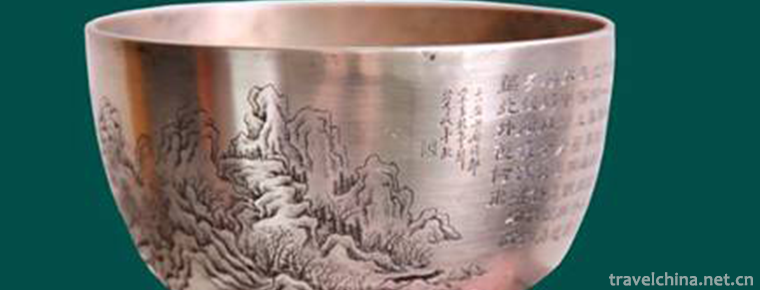
-
Beijing Hangzhou Grand Canal
Beijing-Hangzhou Grand Canal is the longest and largest ancient canal in the world. It is also one of the oldest canals. It is called three great projects in ancient China together with the Great Wall.
Views: 148 Time 2018-12-22 -
Qingdao Seaside Scenic Spot
Qingdao Seaside Scenic Spot is the first batch of state-level scenic spots announced by the State Council in 1982, and also the first batch of national AAAA-level scenic spots..
Views: 234 Time 2019-02-07 -
Treasure roll
Baojuan is a traditional Chinese literary form of rap and singing, which evolved from the folklore in the temples of Tang Dynasty. Most of the authors are monks and nuns..
Views: 499 Time 2019-04-04 -
Traditional Sugar making Techniques
In the memory of many Wenzhou people, when they were young, they were short of doctors and medicines, but the old people had many earthen prescriptions which were very useful..
Views: 98 Time 2019-04-21 -
Fuzhou Reviews
Fuzhou dialect commentary is a unique traditional form of storytelling in Fuzhou dialect of Fujian Province, which is popular in Fuzhou, Fujian Hou, Yongtai, Changle, Lianjiang.
Views: 129 Time 2019-04-30 -
Herbal tea
Herbal tea is the general name of traditional Chinese herbal medicinal plant beverage. Guangdong herbal tea is the representative of traditional Chinese herbal tea culture. Herbal tea is a kind of bev.
Views: 193 Time 2019-05-13 -
Nuuziz Festival
The word "Nuruzi" comes from the ancient Iranian language and means "spring rainy day". On March 21 of each year, like the Spring Equinox, it means the arrival of spring. Uygur, Ta.
Views: 285 Time 2019-06-08 -
Bronze Repair and Reproduction Techniques
Traditional bronze repair technology mainly includes shaping, splicing, matching, bonding (welding), strengthening, old and other processes, and sometimes involves rust removal, scalding (surface seal.
Views: 131 Time 2019-06-11 -
Soviet Opera
Su Opera is a combination of Huagu Tanhuang, Nanci and Kunqu Opera. It is popular in the urban and rural areas of southern Jiangsu and Northern Zhejiang. Its predecessor, Sutan, was originally called .
Views: 72 Time 2019-06-16 -
Firing Techniques of Zibo Ceramics
During the Wei, Jin, Southern and Northern Dynasties, Zibo began to produce porcelain. During the Tang and Song Dynasties, the technology of making porcelain was constantly improving. During the Ming .
Views: 196 Time 2019-08-16 -
University of International Relations
University of International Relations (University of International Relations), referred to as "Guo Guan", is located in the western suburb of Beijing. Ministry of Education of the People's R.
Views: 382 Time 2019-09-22 -
Ding Zhen first salary to buy washing machine and battery car
Ding Zhen's first salary to buy a washing machine battery car, do not want her mother's hands frozen.
Views: 108 Time 2020-12-06
